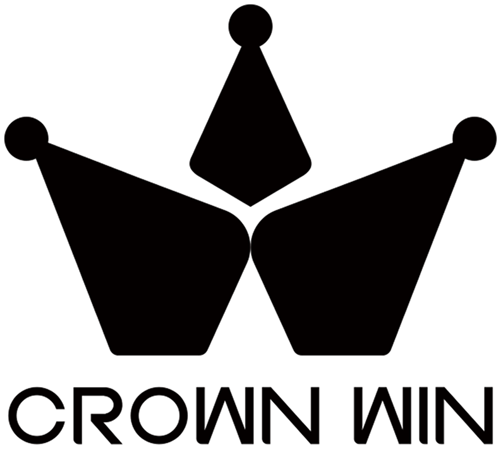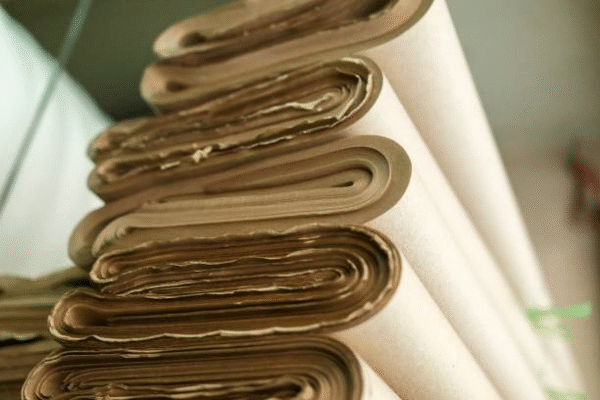What Are Cereal Boxes Made Of: A Complete Material Guide
The materials used in cereal boxes are either cheap chipboard or high-end sustainable materials with their own unique strengths and weaknesses. The effective choice of material must be done well in regard to brand positioning, target audience, cost-limitation and environmental consideration. Through knowledge of the options available and close collaboration with experienced packaging manufacturers, brands are able to develop packaging options that safeguard products, are appealing to consumers as well as support long term business goals and respond to an ever growing sustainability demands.














